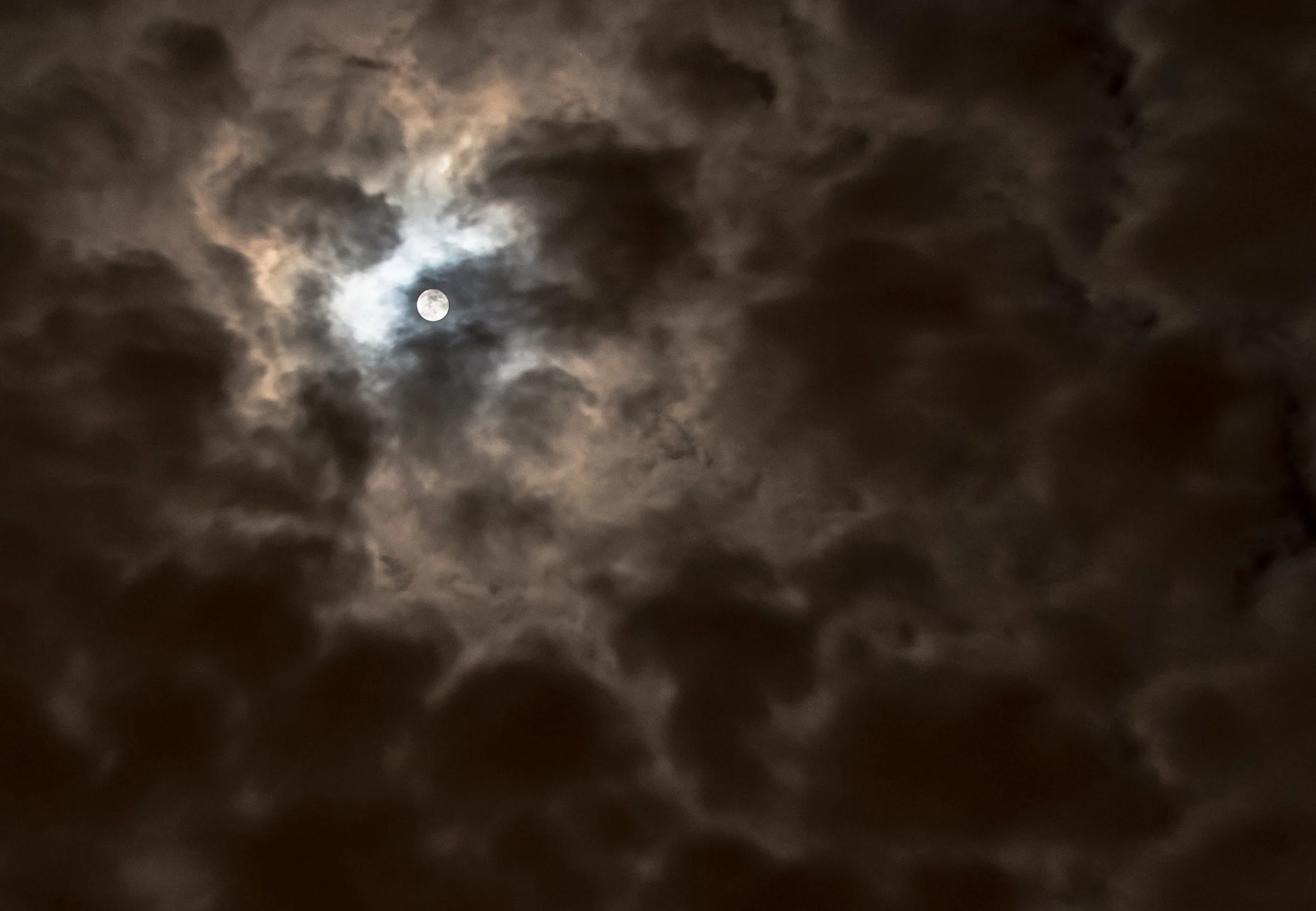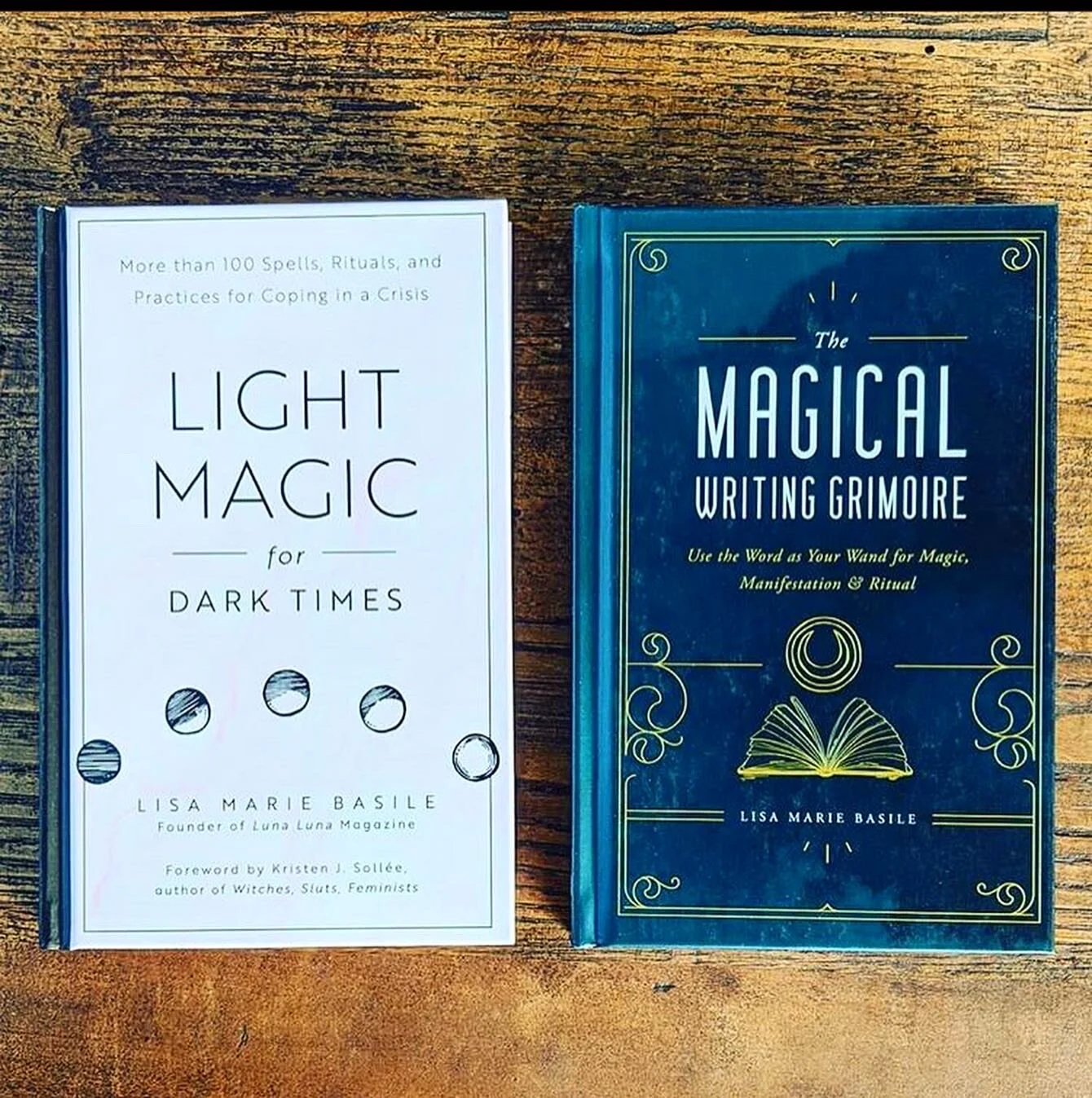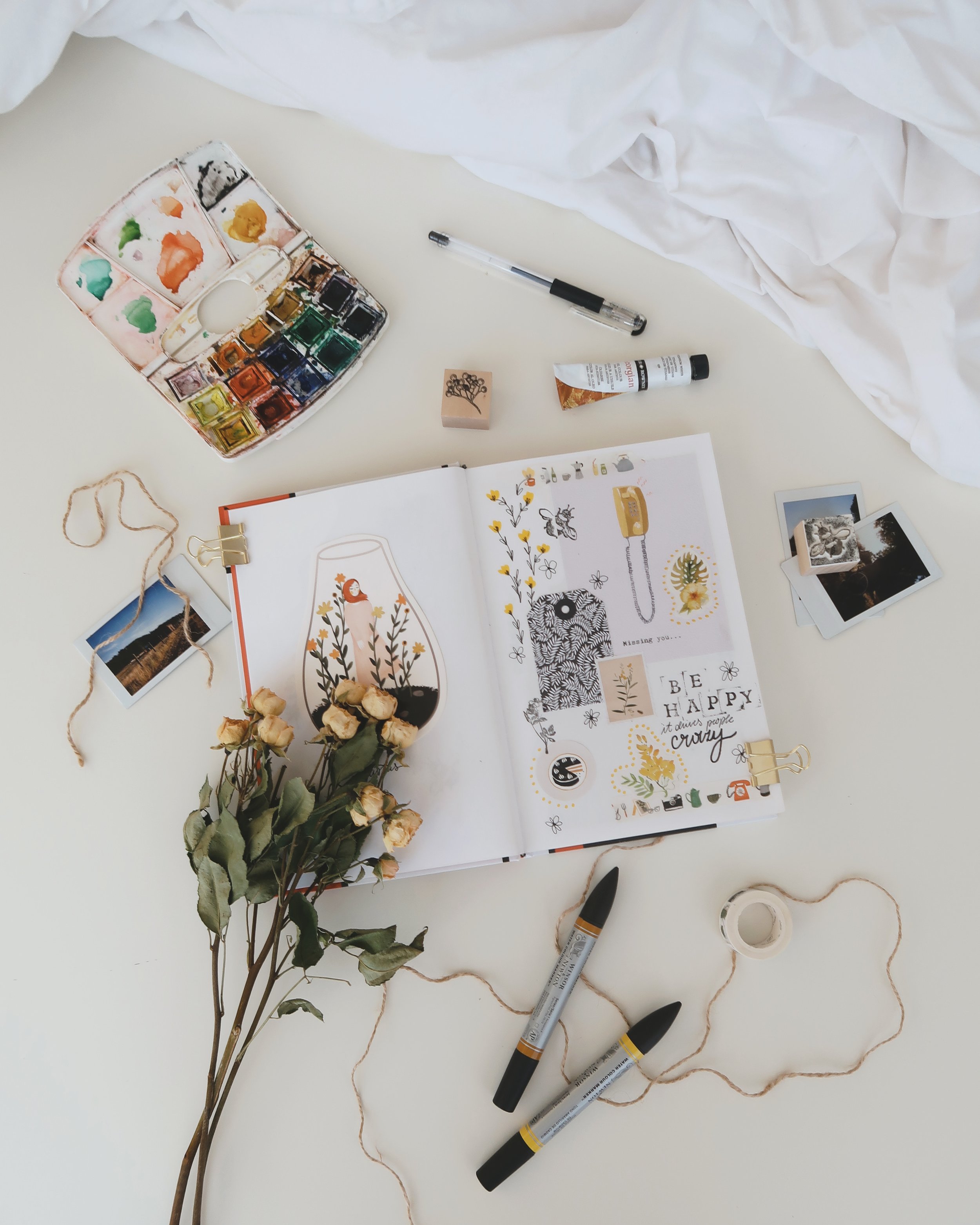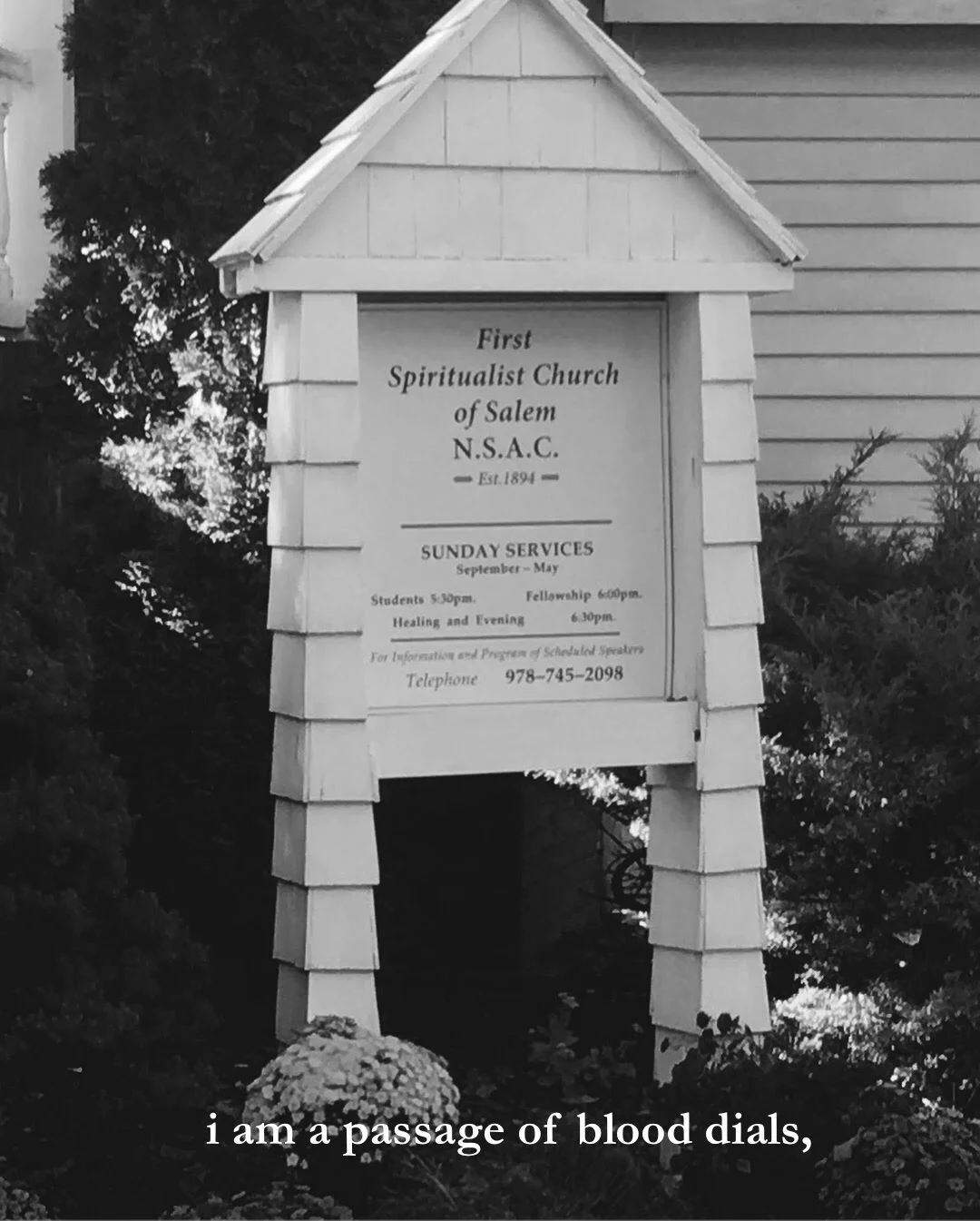BY TRISTA EDWARDS
Editor's Note: A version of this article appeared on our old site.
June has just passed and with it one of my favorite days, the summer solstice. I have always felt connected with the solstice because my birthday falls on Midsummer (June 21st). I always make an effort on my birthday to explore new places, disorient myself from the familiar, unplug, and go out into nature. This last birthday was exceptional for two reasons—I turned thirty and my beau and I decided to get engaged.
We spent a stunning week in California, venturing around San Francisco, Napa Valley, and then cumulating the week with four days in Big Sur. I still daydream about the Redwoods. Oh the nature! Le sigh!
Although a wedding is far in advance, we have begun to informally discuss a few of the rituals that may become part of our ceremony. Being a somewhat untraditional gal who fancies herself some form of cross-pollination between siren, earth goddess, and free-spirit, I have been exploring alternative wedding practices and one that we are considering is the Neopagan or Wiccan custom of handfasting.
Neither my partner nor I are very traditional in most regards and we are not planning for a conventional wedding. I am not a practicing Wiccan but I have always been drawn towards certain Pagan principles and, as a solstice child, I want to engage in a ritual that has links to ideologies that stem from nature and the cosmos.
Now, there are a couple different interpretations on defining the ritual of handfasting. Handfasting has been used simply as a term synonymous for "wedding" or "betrothal." Historically, the word may be used in place of "wedding ceremony" and was the old pagan ritual for marriage. The ritual is steeped in ancient tradition that cross cultures and meaning and has slightly morphed over time as new and varying practitioners incorporate the custom to fit their own individualistic styles and ceremonies.
The Oxford English Dictionary provides two definitions for handfasting:
- Engagement to be married, betrothal; the ceremony in which this formally takes place.
- An uncanonical, private, or (esp. in Scotland) probationary form of marriage (now hist.). Now also: a form of marriage practised in neopaganism, Wicca, etc.
Handfasting is considered a formal contract by ancient practice but the visual aspect of the ritual can be very performative. The physical act involves the binding of the beloveds’ hands (actually wrists) with ribbon, rope, or cord that "fasten" the couple in marriage. Beyond the very simple visual act, handfasting can be extremely spiritual. The ritual of handfasting is essentially a promise the couple makes to one another. Traditionally the commitment stands for a one-year and a day, much like an engagement period, and is not legally binding. A ceremony with witnesses take place, the lovers hands are bound together by an officiant, and in that act they are also binding their souls and their bodies.
After a year and a day, they can then choose to do an 'eternal binding; in which another ceremony is performed in order to bind the souls perpetually. After this hand binding ritual takes place then when one or both of the persons dies the marriage does not end, it will continue on eternally. The lovers will be able to find each other again when the souls are in the next life. Some practitioners of this ritual will only elect to do a 'lifetime handfasting' in which the couple chooses to be bound only life but not in the afterlife...à la till death do us part style.
Now what’s the difference, you may ask, between the one year and one day commitment and tying your souls together forever in the afterlife? Well in the first ceremony you simply just don’t tie a knot. You have a ceremony, exchange vows, your hands are bound with the ribbon, and you promise to be committed to each other for one year and a day. After that year and a day, if you are both ready to go all in then you perform a second ceremony but this time when the lovers are exchanging vows the officiant or officiants will tie the knot.
Because handfasting is a popular non-Christian form of ceremony for Neopagans, Wiccan, nondenominational, and same-sex couples who wish to have a wedding outside of the customary church but want more than a courthouse wedding, the officiant is typically a Pagan priest, priestess (or both), or other form of clergy. The officiant will fasten, or tie, the knot and it will represent the couples’ enduring promise and commitment to one another in this life and/or the next.
(Note: If you are interested in also having your handfasting stand in for exclusively for a conventional marriage ceremony and but still be legally binding, you may want to look into your local state laws and regulations. Handfasting can be incorporated into any ceremony but unfortunately may not always be legally recognized on its own.)
You don’t have to be Wiccan to adopt handfasting into your wedding and actually many Christian couples have begun to adopt the ritual into their conventional weddings. In fact, the ritual came about during early Christian times after Paganism gone adrift. The ritual was met with a resurgence of popularity in the 1960s and 70s with the counterculture and Free Love movement and has since made its way into various religious and non-denominational ceremonies.
I’ve stumbled onto various website delineating the symbolism behind choosing certain colors for your ribbon and some DIY crafting. Check out the links below for some more info on the history of handfasting and different brides’ DIY stylings. Additionally, there are also beautifully made cords on Etsy and lots of interesting books about the ritual on Amazon that are worth scoping out.
Offbeat Bride: how to make handfasting cords and about color-coded handfasting ceremony.
BBC: tying the knot: handfasting through the ages.
Trista Edwards is a poet, traveller, crafter, creator, mermaid, and an old soul. She currently serves as Co-Director of Kraken, an independent poetry reading series in Denton, Texas. Her poems and reviews are published or forthcoming in The Journal, Mid-American Review, 32 Poems, American Literary Review, Stirring: A Literary Collection, Birmingham Poetry Review, The Rumpus, Sout’wester, Moon City Review, and more. She recently edited an anthology, Till the Tide: An Anthology of Mermaid Poetry (2015).































